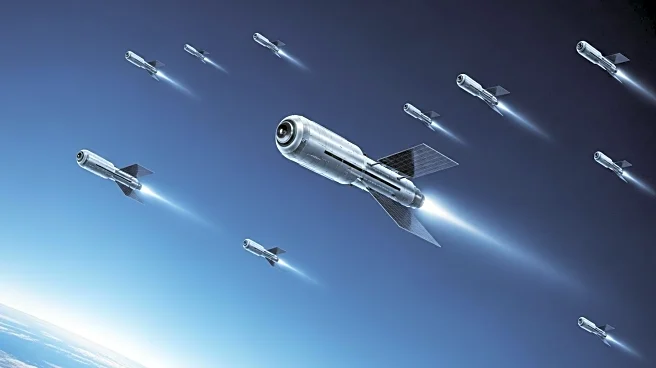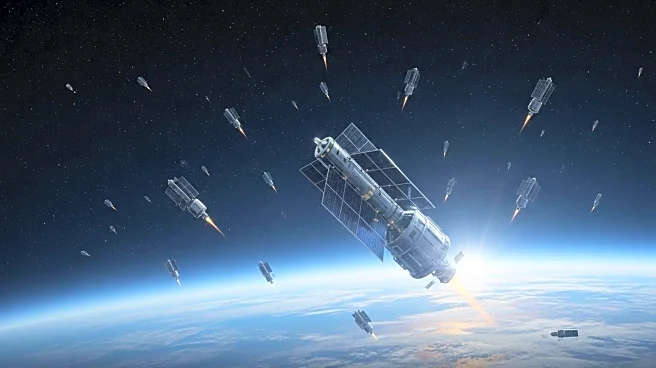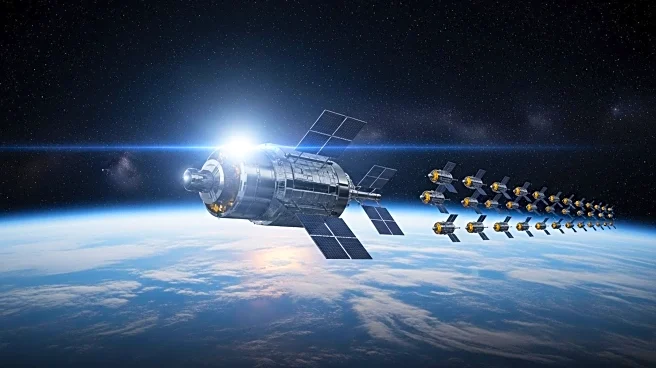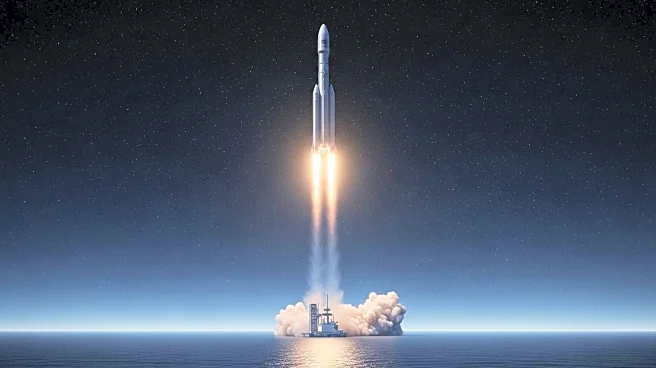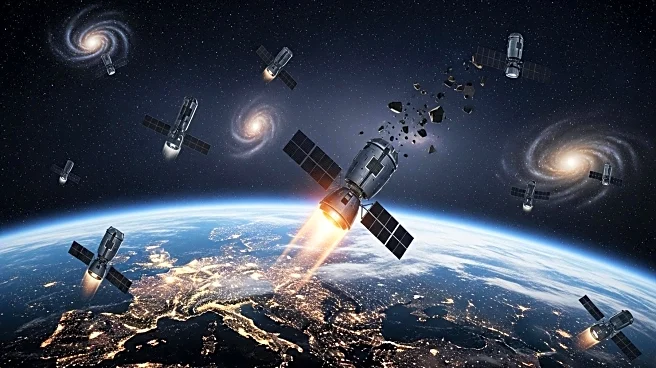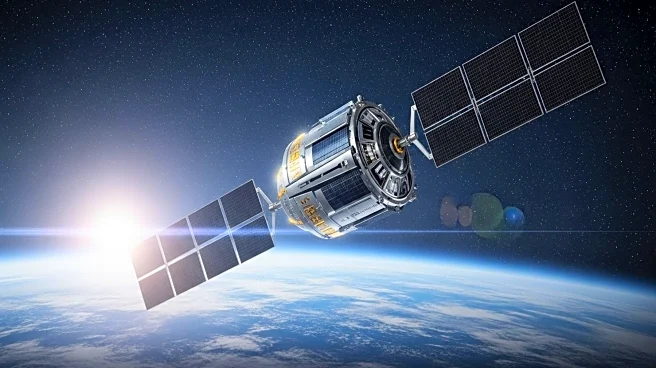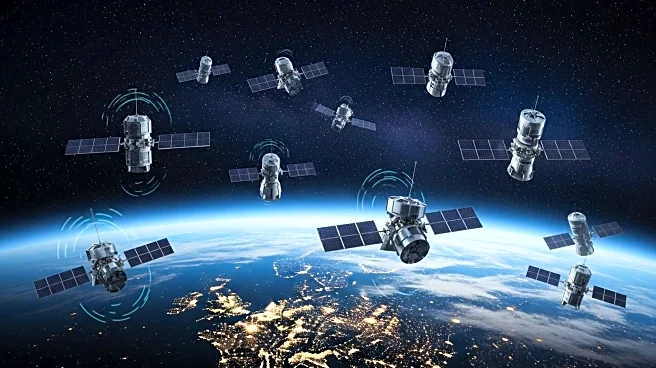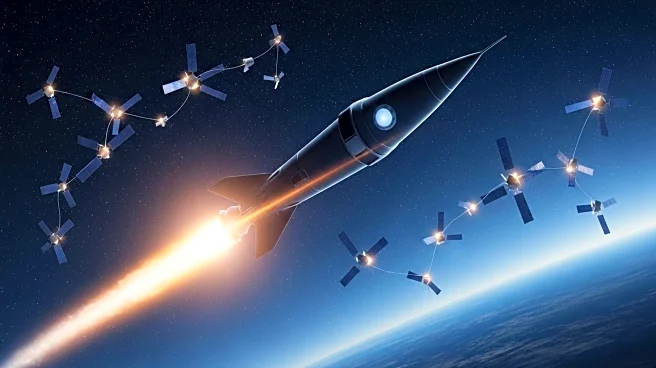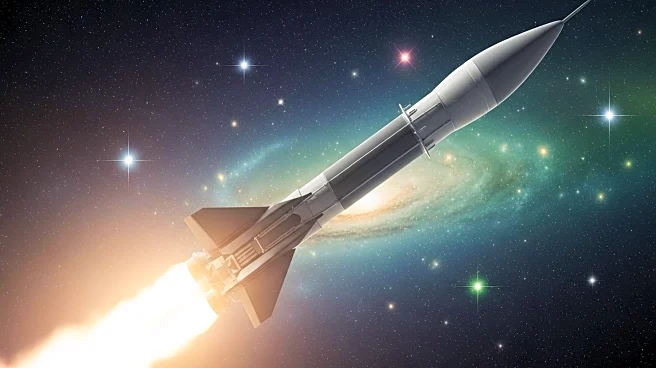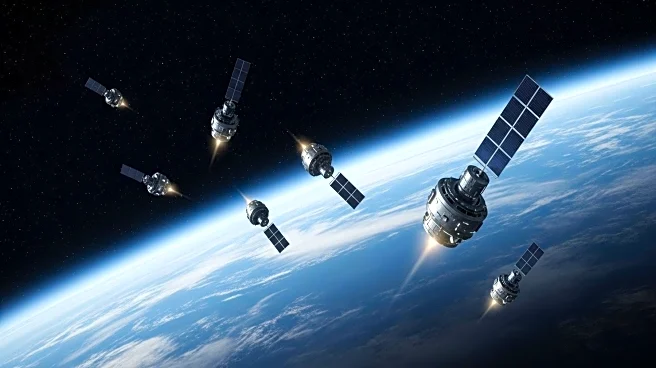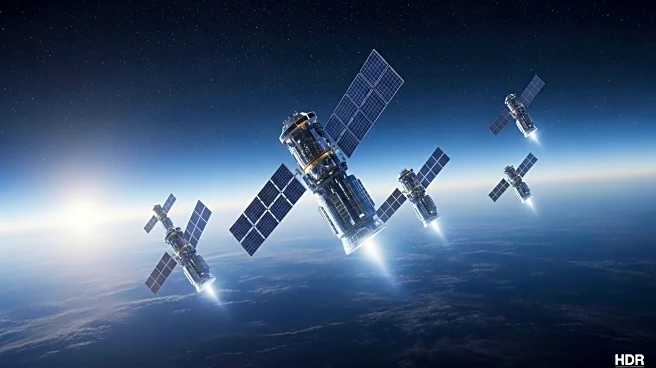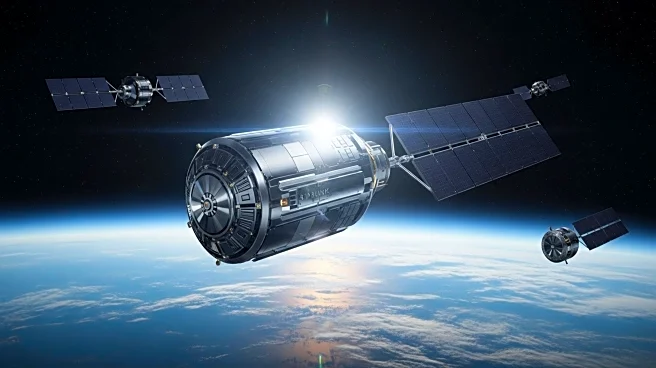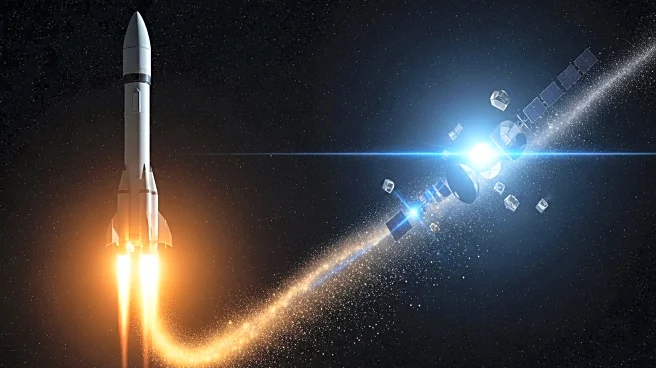What is the story about?
What's Happening?
SpaceX's Starlink satellites are deorbiting at an increasing rate, with up to four satellites falling to Earth daily, according to space trackers. Jonathan McDowell, an astronomer at the Harvard-Smithsonian Center for Astrophysics, has recorded an average of one to two Starlink satellites deorbiting each day in 2025, a figure expected to rise to five per day as SpaceX expands its space internet constellation. Despite the alarming visuals of satellites streaking across the sky, these events are not dangerous as the satellites are designed to burn up entirely in the Earth's atmosphere. However, concerns have been raised about the potential atmospheric impact of pollutants from the burn-ups, such as aluminum-oxide particles, which could contribute to atmospheric warming.
Why It's Important?
The increased rate of Starlink satellites deorbiting highlights the growing challenges of managing space debris and its potential impact on Earth's atmosphere. While the satellites themselves are designed to disintegrate safely, the pollutants released during their burn-up could have long-term environmental effects. This situation underscores the need for comprehensive research into the atmospheric consequences of satellite deorbiting, especially as the number of satellites in low-Earth orbit continues to rise. The findings could influence future policies and strategies for satellite disposal, impacting the space industry and environmental regulations.
What's Next?
Scientists are actively researching the atmospheric effects of satellite deorbiting, particularly the impact of pollutants like aluminum-oxide particles. If studies reveal significant atmospheric damage, it may necessitate a reevaluation of current satellite disposal strategies. This could lead to stricter regulations and innovative solutions to mitigate environmental impacts. Stakeholders in the space industry, including SpaceX, may need to adapt their practices to align with new environmental standards, potentially affecting satellite deployment and operational costs.
Beyond the Headlines
The phenomenon of satellite deorbiting raises ethical and environmental questions about the sustainability of mega constellations like Starlink. As the space industry grows, balancing technological advancement with environmental stewardship becomes crucial. The potential atmospheric impact of satellite pollutants could prompt broader discussions on the ethical responsibilities of space companies in preserving Earth's environment.
AI Generated Content
Do you find this article useful?
